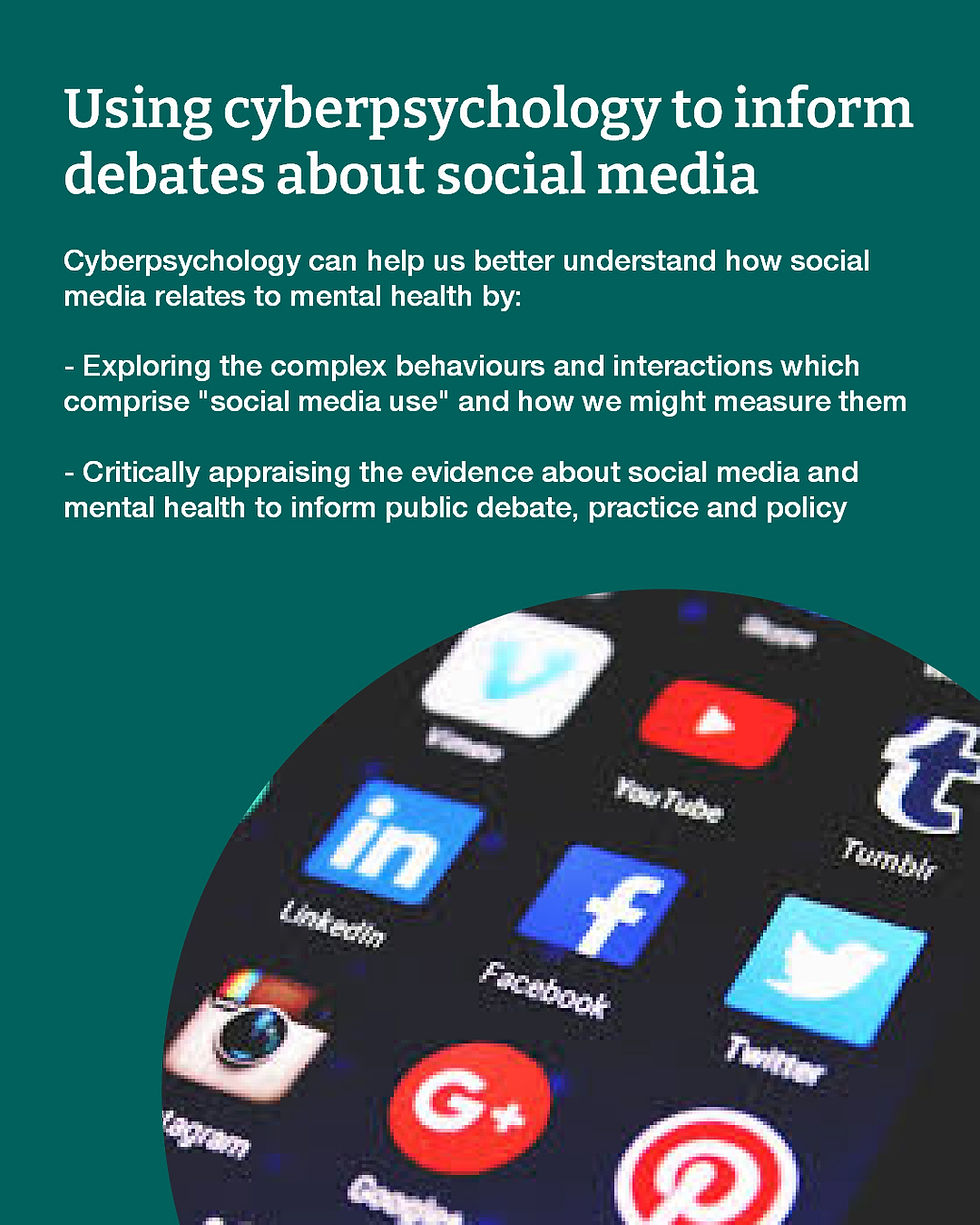Engaging students in assessment and feedback (Part 2)
- LindaKKaye

- Dec 4, 2020
- 3 min read
As promised, Part 2 of this blog series is here! I previously blogged in Part 1 about engaging students in assessment and feedback (A&F) through training sessions and practical resources to encourage them to learn how to give good feedback. Part 1 was largely focused on the giving feedback part of the puzzle, whereas Part 2 here is more about engaging with the assessment criteria process.
There is a lot of great work in the area of assessment literacy. I am not reinventing the wheel here in suggesting what is good practice because we already know this. From sharing Part 1 on Twitter, some great resources were shared including a great resource from Educational Developer Scott Farrow which can be accessed here. The purpose of this blog post is to share a practical strategy for engaging students in utilising assessment criteria, which aligns to many of the well-known effective principles in assessment literacy.
Strategy 2- engaging students in assessment criteria to make marking decisions
For my third year undergraduate module “Psychology in the Virtual World”, students engage in a team problem-based learning project where they are asked to develop a proposal for a game-based intervention to support well-being. They are assessed on this via three components:
1. Group presentation (50% of mark). This has assessment descriptors relating to the
typical presentation criteria such as: relevance, knowledge/understanding, analysis,
delivery, use of visual aids etc.
2. Individual contribution to the project (40% of mark). This is marked based on the
criteria noted in Figure 1 below. I have made effective use of MS Teams as a way of
assessing this
3. Peer assessment (10% of mark). Within their teams, each student uses the criteria
below to assess the contribution of their team members. They are essentially marking
this using the same criteria as I am in the “individual contribution” noted above. The way
I then use these is to take an average for any given student from the marks they are
awarded by their peers

Figure 1. Assessment criteria used both by tutors and peers
I have observed a number of additive benefits of this over other approaches I have used, such as asking students to use criteria to mark mock essays etc:
1. To be able to utilise the criteria for assessing their peers, they need to understand it in the first place, therefore assessment literacy is developed as a by-product
2. This can increase students’ awareness of the assessment criteria which are proactively in place which may feed into favourable perceptions for A&F-related NSS items
3. Actively utilising the same criteria they are being assessed on themselves is a great way for them to really understand how I am applying the criteria when assessing them. This significantly reduces the likelihood of any student coming back to refute marks in cases where they haven’t understood why their mark is not what they expected it to be
4. This also helps me be confident in my marking decisions. I usually have a good idea about individual students’ contributions to be able to award appropriate marks, but the peer marks can help verify these decisions. The average peer mark and my individual contribution mark per student are often highly correlated so the peer mark almost operates as a mini moderation process for me.
5. As well as all these assessment-related benefits, it also encourages engagement from those who may otherwise be prone to shirk their duties
Overall, I am an advocate for encouraging student agency in all aspects of their learning experiences and this is one example where I observe a range of benefits both for them and tutors.



Comments